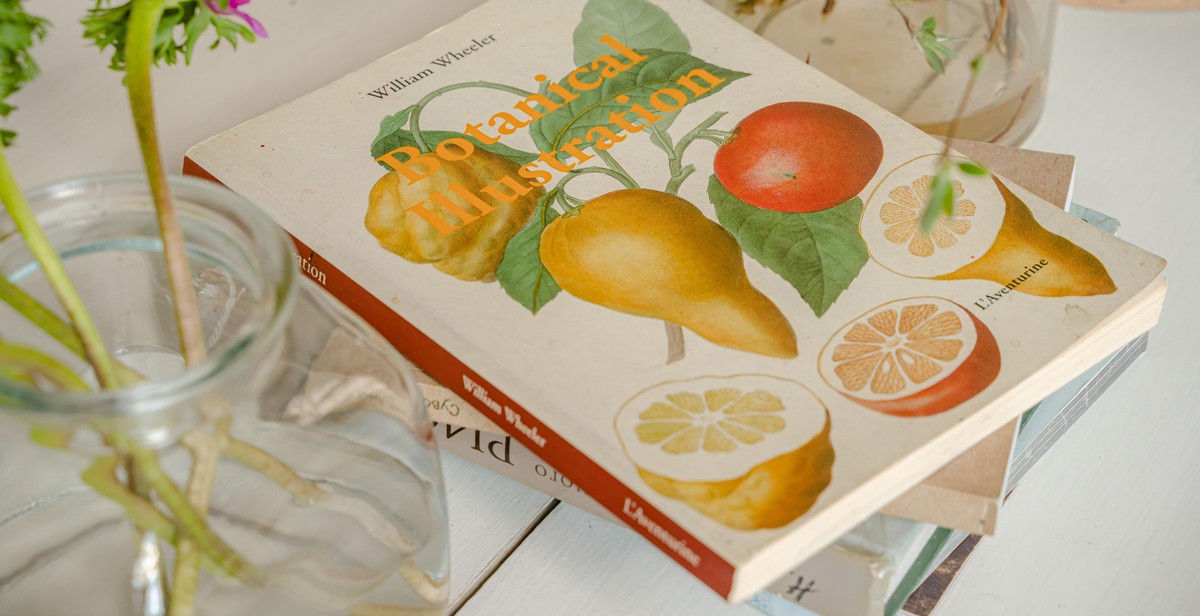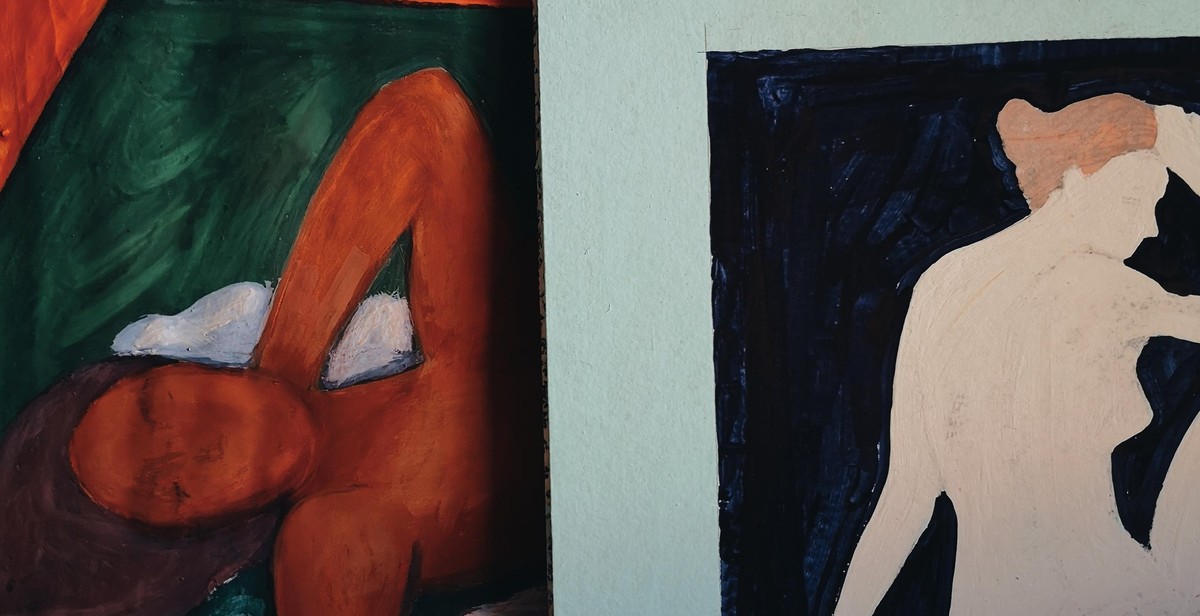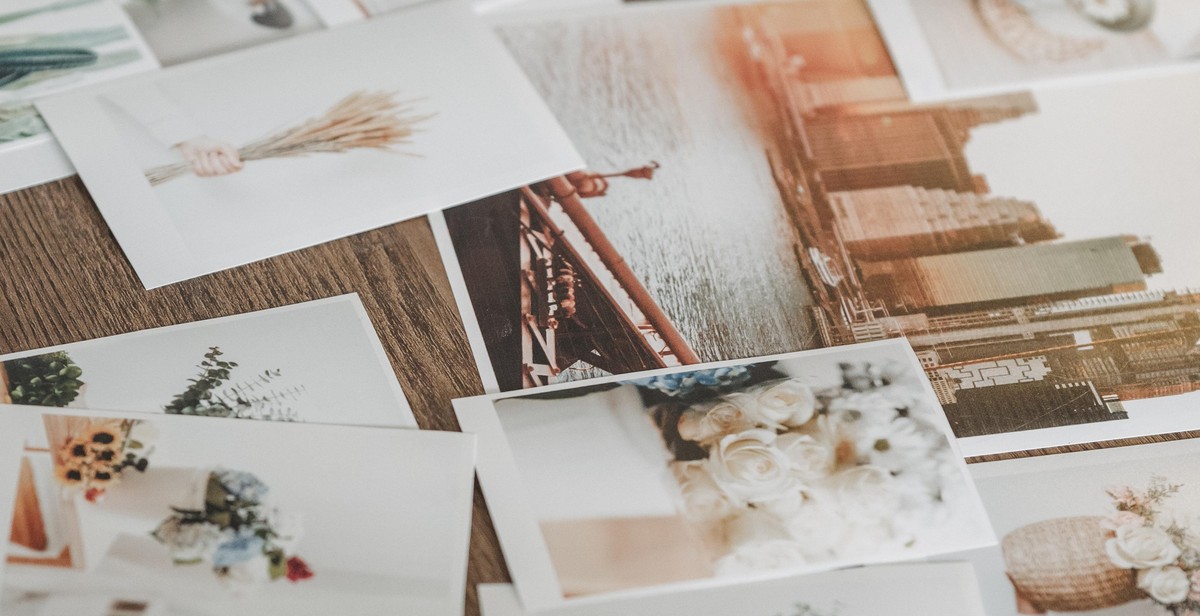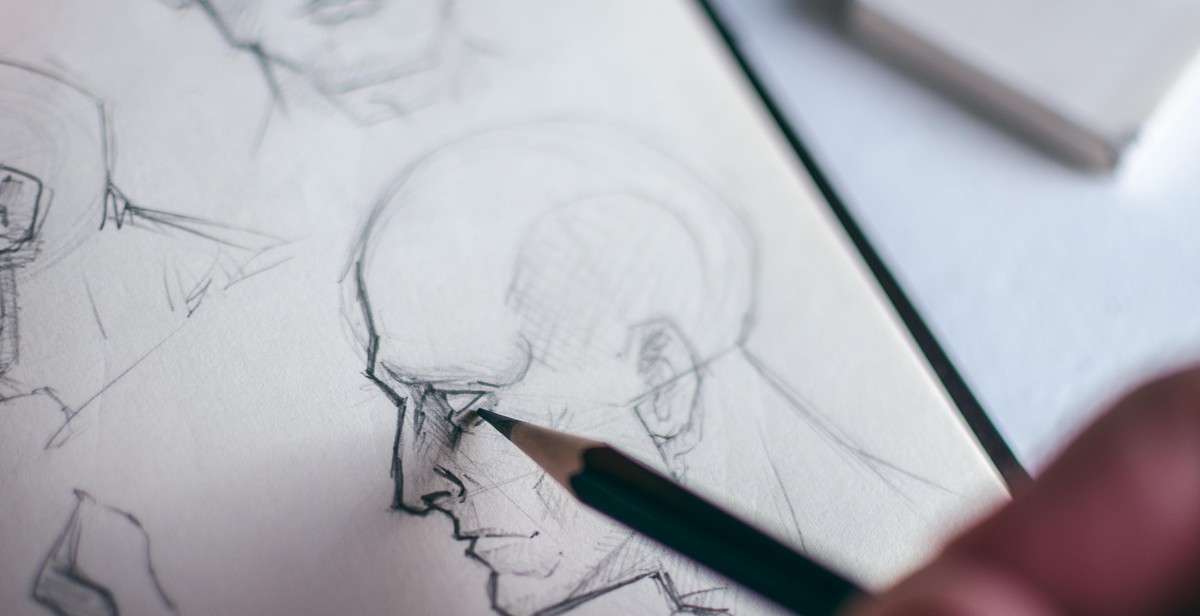How to Develop Your Drawing Skills: Techniques for Improving Your Artwork
As a professional artist with over a decade of experience, I can attest to the importance of developing your drawing skills. Whether you’re a beginner or an advanced artist, there’s always room for improvement. The ability to draw allows you to express yourself visually and communicate your ideas effectively. It’s a skill that can be applied to various fields, including graphic design, animation, and architecture.
Why Drawing Skills Matter
Drawing skills are essential for anyone who wants to pursue a career in the arts. It’s the foundation of all visual art forms, and it’s a skill that can be developed with practice and dedication. Drawing allows you to explore your creativity, experiment with different techniques, and develop your unique style. It’s also a great way to relieve stress and improve your mental health.
Benefits of Developing Your Drawing Skills
Developing your drawing skills has numerous benefits, both personal and professional. It can improve your hand-eye coordination, spatial awareness, and fine motor skills. It can also enhance your problem-solving abilities and boost your confidence. Professionally, having strong drawing skills can make you more competitive in the job market and open up new opportunities for you.
In this article, I’ll share some techniques and tips for improving your drawing skills, whether you’re a beginner or an advanced artist. By following these techniques, you’ll be able to take your artwork to the next level and achieve your artistic goals.

Foundational Techniques for Improving Your Drawing Skills
If you are looking to develop your drawing skills, there are several foundational techniques that you should focus on. These techniques will help you to understand proportion and perspective, master basic shapes and forms, and develop your hand-eye coordination. By practicing these techniques regularly, you can improve your artwork and take your drawing skills to the next level.
Understanding Proportion and Perspective
Proportion and perspective are essential skills for any artist. Proportion refers to the size and relationship between different elements in your drawing, while perspective is the illusion of depth and distance. To improve your understanding of proportion and perspective, start by studying real-life objects and scenes. Look at the relationship between objects and the space around them, and practice drawing them from different angles and viewpoints.
Mastering Basic Shapes and Forms
Mastering basic shapes and forms is another important foundational technique. By understanding how to draw basic shapes like circles, squares, and triangles, you can create more complex forms and objects. Practice drawing these shapes from different angles and perspectives, and experiment with shading and texture to create depth and dimension.
Developing Your Hand-Eye Coordination
Hand-eye coordination is crucial for any artist, as it allows you to translate what you see onto paper or canvas. To improve your hand-eye coordination, try drawing from life as much as possible. This could be anything from still life objects to people and animals. Focus on capturing the details and nuances of your subject, and practice sketching quickly and confidently.
By focusing on these foundational techniques, you can improve your drawing skills and create artwork that is more realistic and compelling. Remember to practice regularly and be patient with yourself – developing your drawing skills takes time and dedication.

Exploring Different Mediums
As an artist, it is essential to explore different mediums to enhance your skills and creativity. Here are some popular mediums that you can use to develop your drawing skills:
Pencil Drawing Techniques
Pencil drawing is one of the most popular and versatile mediums. It is a great way to develop your skills and improve your artwork. There are various pencil techniques that you can use, such as shading, cross-hatching, stippling, and blending. These techniques can help you create different tones, textures, and effects in your artwork.
Charcoal Drawing Techniques
Charcoal is another popular medium that is great for creating dramatic and bold artwork. Charcoal drawings have a unique texture and can be used to create a wide range of effects, from soft and subtle to dark and intense. Some popular charcoal techniques include smudging, blending, erasing, and using different types of charcoal, such as compressed, vine, and willow.
Ink Drawing Techniques
Ink drawing is a precise and controlled medium that requires patience and skill. It is a great way to develop your line work and create intricate and detailed artwork. There are different types of ink that you can use, such as pen and ink, brush and ink, and dip pen and ink. Some popular ink techniques include stippling, cross-hatching, and using different line weights and textures.
| Medium | Techniques |
|---|---|
| Pencil | Shading, cross-hatching, stippling, blending |
| Charcoal | Smudging, blending, erasing, using different types of charcoal |
| Ink | Stippling, cross-hatching, using different line weights and textures |
Exploring different mediums can help you develop your skills and creativity as an artist. Try experimenting with different techniques and see what works best for you. Remember, practice makes perfect!

Developing Your Own Style
One of the most exciting aspects of drawing is experimenting with different styles. Copying the work of other artists can be a great way to learn new techniques and discover what styles appeal to you. However, it’s important to remember that developing your own style is crucial to setting yourself apart as an artist.
Experimenting with Different Styles
Don’t be afraid to try out different styles and techniques. Explore different mediums, such as charcoal, ink, or watercolor, and see how they affect your artwork. Look at the work of other artists and try to identify what you like about their style. Do you prefer bold, graphic lines, or more delicate, intricate details? Do you like bright, bold colors or more muted tones? Experimenting with different styles will help you find your own unique voice as an artist.
Incorporating Your Personal Touch
Once you’ve found a style that resonates with you, it’s important to incorporate your own personal touch. This could be a particular subject matter that you’re passionate about, or a unique way of approaching your artwork. Perhaps you have a love for nature and want to incorporate organic shapes and textures into your work. Or maybe you have a fascination with the human form and want to explore different poses and angles. Whatever it is that inspires you, make sure to incorporate it into your artwork.
- Experiment with different styles and techniques to find what resonates with you
- Look to other artists for inspiration, but don’t copy their work
- Incorporate your own personal touch to set yourself apart as an artist
By experimenting with different styles and incorporating your own personal touch, you’ll be well on your way to developing a unique and recognizable style as an artist.

Seeking Inspiration and Learning from Others
Developing your drawing skills requires more than just practicing on your own. Seeking inspiration and learning from others can help you improve your artwork and develop your own unique style. Here are some ways to do it:
Attending Art Exhibitions and Galleries
Attending art exhibitions and galleries can expose you to a wide range of artistic styles and approaches. It can also help you understand the context in which different artworks were created. Take the time to observe and analyze the works on display, paying attention to the techniques and materials used. You can also interact with other artists and art enthusiasts, which can help you gain new insights and perspectives.
Studying the Works of Masters
Studying the works of masters is a great way to learn from the best. Take the time to analyze the techniques and styles used by artists who have achieved great success in the art world. You can learn a lot from their use of color, line, composition, and other elements of art. You can also gain inspiration from their subject matter and the emotions they evoke in their artwork.
Taking Online Courses and Workshops
Online courses and workshops offer a convenient and cost-effective way to learn new techniques and approaches to drawing. You can take courses that focus on specific areas of drawing, such as figure drawing, landscape drawing, or still life drawing. You can also learn from experienced artists who can provide feedback and guidance on your work. Make sure to choose courses that are taught by reputable artists and that have good reviews from previous students.
By seeking inspiration and learning from others, you can improve your drawing skills and develop your own unique style. Take advantage of the many resources available to you and never stop learning!

Practice Makes Perfect
Developing your drawing skills requires consistent effort and dedication. Here are some techniques to help you improve your artwork:
Setting Goals and Regular Practice
Setting specific goals can help you focus your efforts and measure your progress. Whether you want to improve your shading, proportions, or composition, break down your goals into smaller, achievable steps. For example, aim to draw for at least 30 minutes every day or complete one drawing every week. Regular practice is essential for improving your skills, as it helps you develop muscle memory and refine your techniques.
Keeping a Sketchbook
A sketchbook is a valuable tool for any artist, as it provides a space to experiment, brainstorm, and record your progress. Use your sketchbook to practice new techniques, sketch from life, or explore new subject matter. Don’t worry about creating perfect drawings – focus on capturing your ideas and developing your skills. Reviewing your sketchbook regularly can also help you identify areas that need improvement and track your progress over time.
Joining Art Communities and Groups
Joining art communities and groups can provide valuable feedback, support, and inspiration. Look for local art classes, workshops, or online communities that align with your interests and goals. Participating in group critiques or sharing your work with others can help you receive constructive criticism and learn from other artists. Collaborating with other artists can also help you develop new skills and approaches to your artwork.
| Techniques for Improving Your Artwork: |
|---|
| Setting Goals and Regular Practice |
| Keeping a Sketchbook |
| Joining Art Communities and Groups |

Conclusion
Improving your drawing skills is a journey that requires patience, dedication, and consistent practice. By applying the techniques we have discussed in this article, you can take your artwork to the next level and bring your creative visions to life.
Remember these key takeaways:
- Start with the basics: learn about proportions, perspective, and shading.
- Experiment with different mediums and techniques to find what works best for you.
- Study the work of other artists to gain inspiration and insight.
- Practice regularly to develop muscle memory and improve your skills.
- Don’t be afraid to make mistakes and learn from them.
Whether you’re a beginner or an experienced artist, there’s always room for growth and improvement. Keep pushing yourself to try new things and challenge your abilities, and you’ll be amazed at how quickly you can progress.
 |
Need More Help?If you’re looking for additional guidance on improving your drawing skills, consider enrolling in an art class or workshop. You can also find a wealth of resources online, including tutorials, forums, and communities where you can connect with other artists and get feedback on your work. |
Remember, the most important thing is to enjoy the process and have fun with your artwork. Keep practicing and exploring, and you’ll be amazed at how far you can go!
